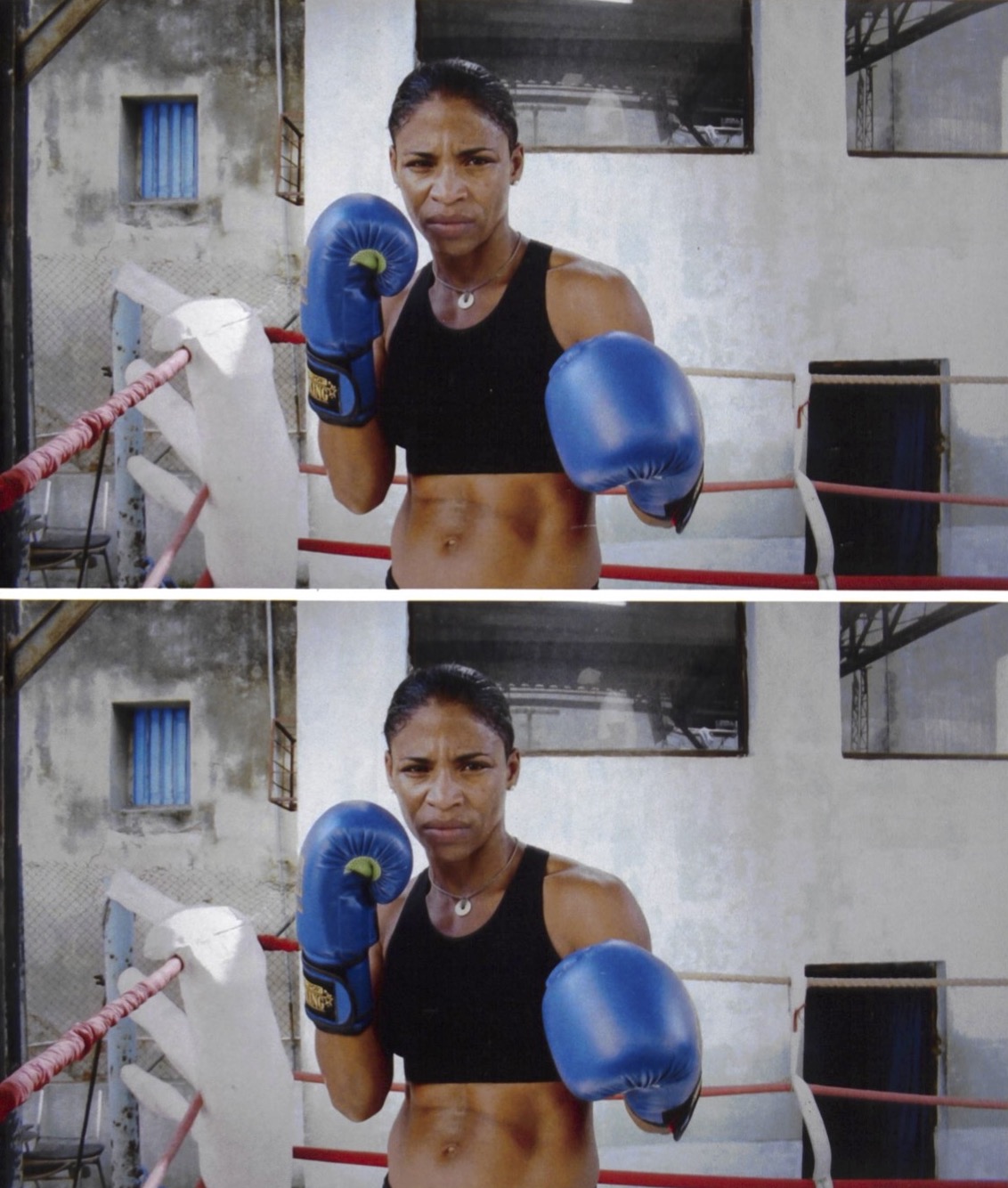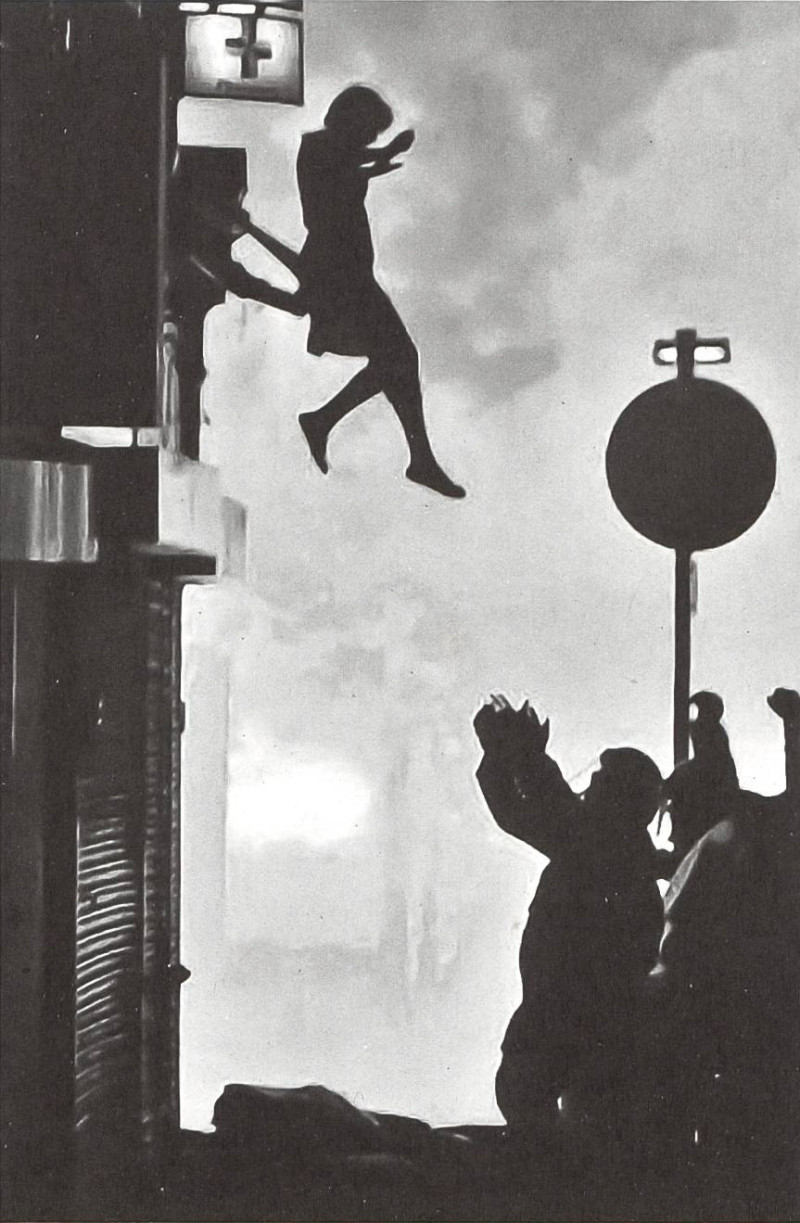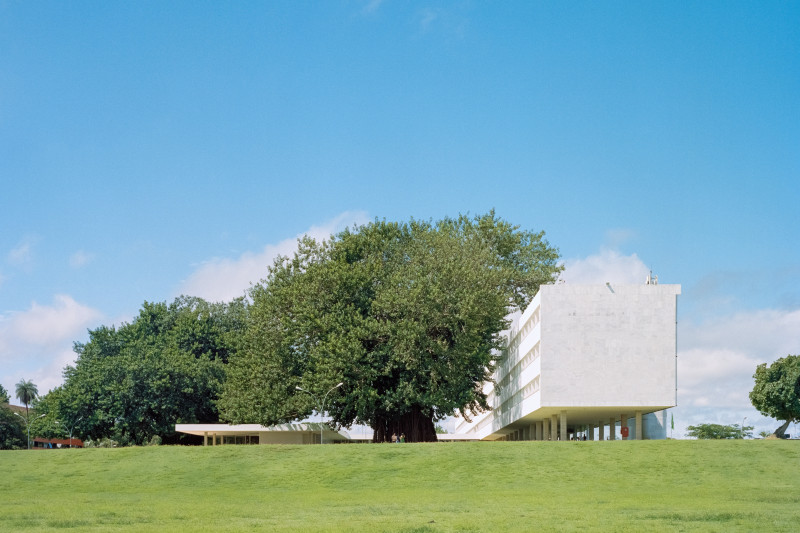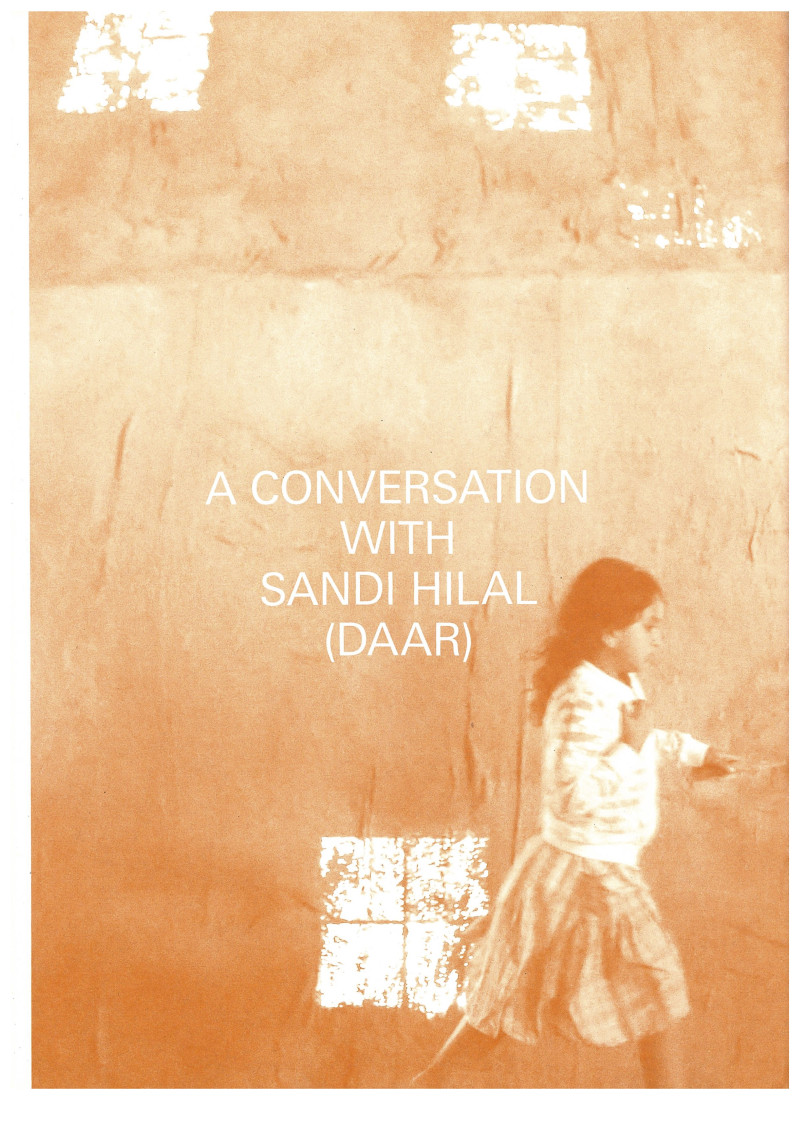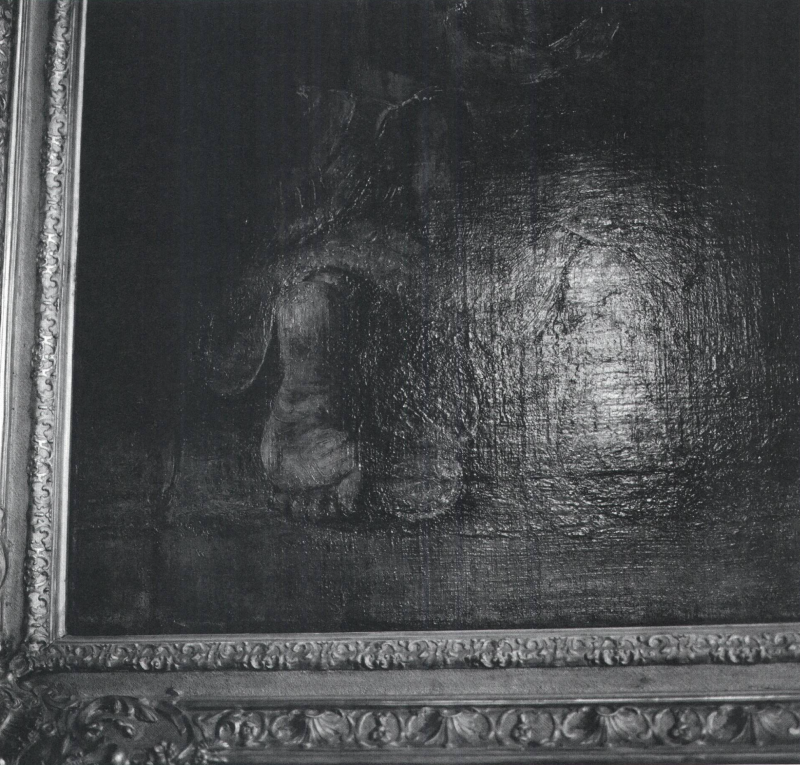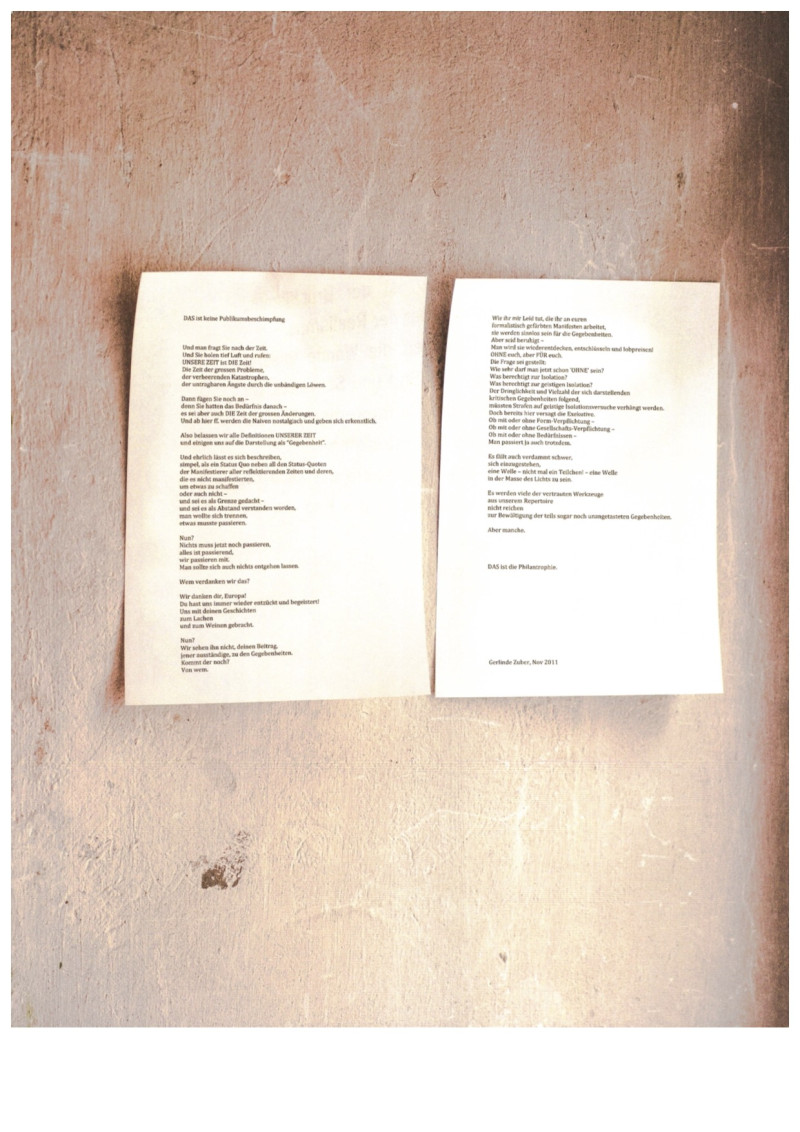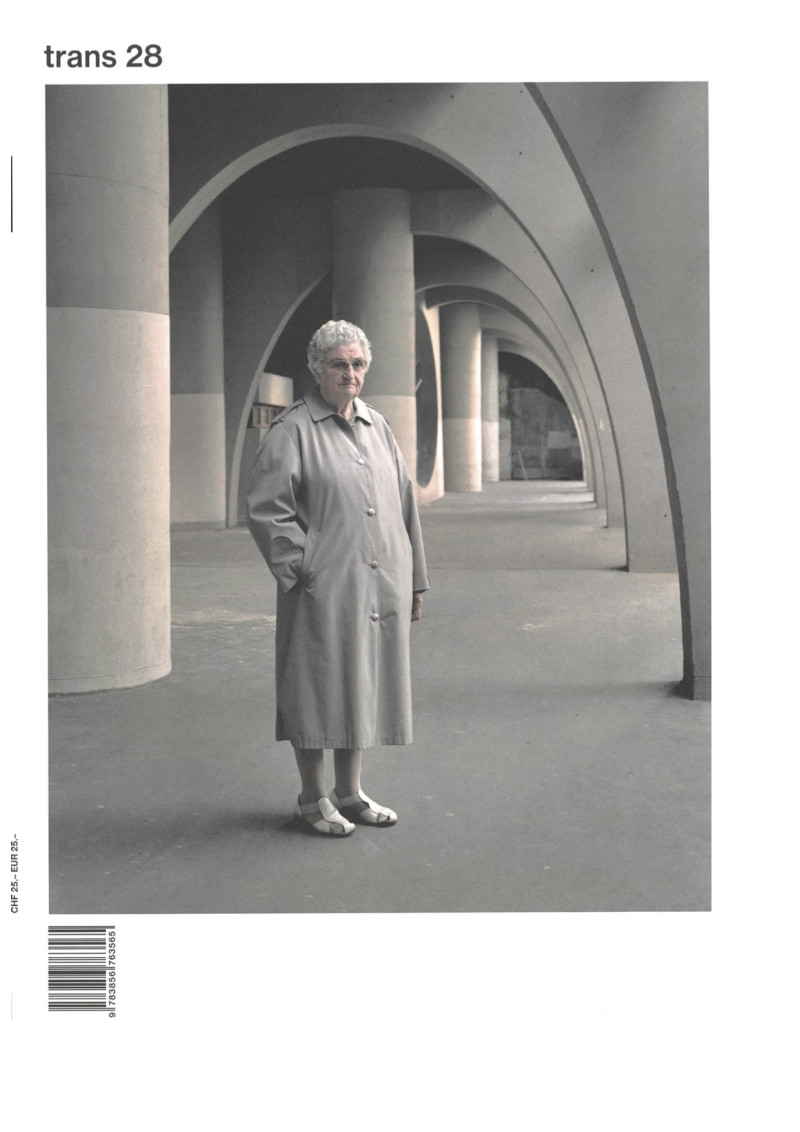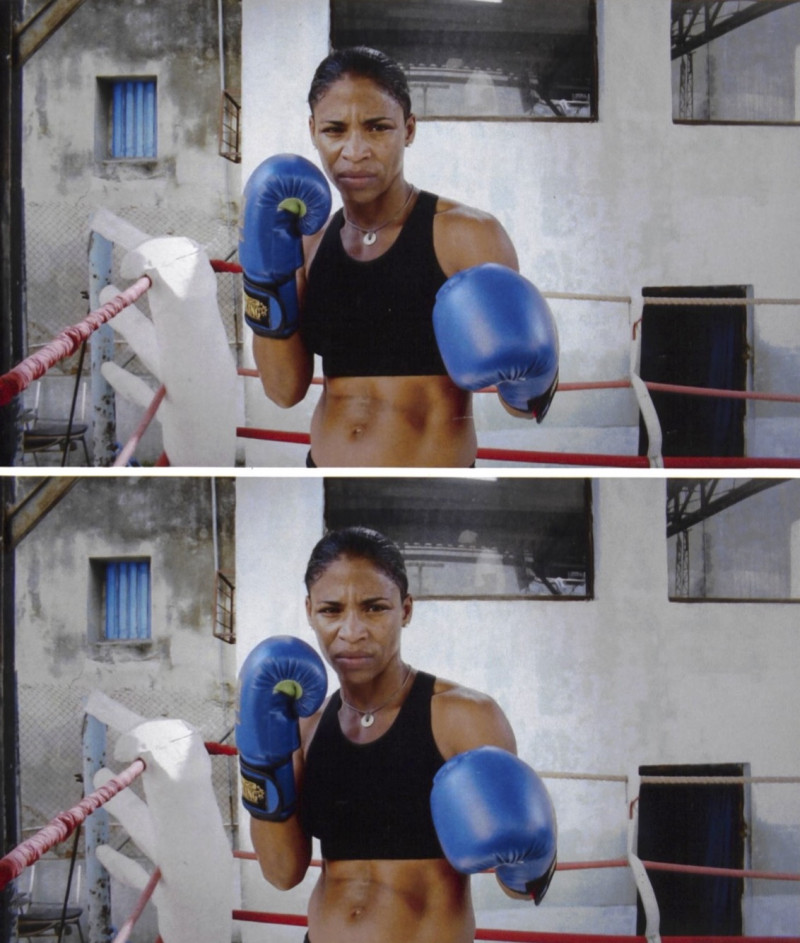To be critical is never to simply indulge in criticism. No matter how much you critique and criticise a condition, in the end - as architects - we must always make a proposal and a proposition. That is the essence of the «project», without which there would be no architecture.
The Roman emperor Marcus Aurelius once wrote that your beliefs are your weapons and you should be with them like the boxer, not the gladiator. This is because a gladiator picks up his sword only to put it down again when he doesn't need to perform, while a boxer needs only to close his fists. In other words, you should defend what you believe actively and permanently, not simply parade. Otherwise you run the risk of becoming a hypocrite. But inasmuch as it is very important to be vocal about your ideas and to be dedicated to your practice, something Aurelius doesn't cover is how to deal with design criticism.
Certainly when I was studying, and still now when I visit architecture schools, I cringe to see a student take criticism personally. They might cry, get angry, become arrogant or defensive. In every case, they become too attached to their design as a representation and agent of their own ego. In fact, it is very important to have some critical distance from one's own work, and to understand that just because you have produced a bad design (which is easy to do) this does not mean you are a bad person. And when a teacher tells you your work is no good, they are not necessarily saying you have failed. It is very hard to do a good design and it takes a very long time.
Students who feel themselves overly sensitive about their work will sometimes create a defense by disowning the work, as if it was somehow totally external to themselves. This is almost as bad as being overly attached. Critical distance is not the same thing as simply being distant and divorced from your process: you must always assume responsibility for your work and ideas, including their consequences, and truly own them. Design is a highly personal activity. It is a process that involves introspection and personal reflection, labour and then standing back from the results to judge them with fresh eyes. This means that while working it must be all consuming, and when finished it must be assessed as if it was by a stranger.
The importance of understanding how to accept criticism, and to be critical of one's own work, is vital in many fields of practice. If you work in your own firm alone, then you have no peer or mentor to offer advice. All of the job of a jury must take place in your own mind. And if you work with others, then collaborating to solve a design issue is not possible if one person is always trying to claim the idea as their own. In a sense, this description of criticism is one that concerns how to form judgements and make design decisions. It is the formation of a methodology that you can apply to a given problematic—for example, as you develop your own way of understanding context and interpreting a site, you also develop a critical approach.
This is somewhat different from what could be called «the critical eye», which is used in fields like writing, editing and cinema. Here criticism means the application of an ideological framework rather than a direct methodology. For example, the semiotics of photographs (as developed by Roland Barthes) is a conceptual device for interpreting the meaning of what we experience and see. The editor or writer is mainly involved in the act of analysis and comprehension; the architect is mainly involved in the act of interpretation and proposal. The writer improves or changes their vision of the world; the designer puts forward a vision of the world.
The most important aspect of all types of criticism is to always use it as a means to expand the horizon and scope of your self-awareness and awareness of the world. Whenever you think you have understood a work, ask what exists beyond the limits, or what invisible assumptions you have made to draw your conclusions. Without questioning the act of questioning, we tend to think we must be correct—because we incorrectly think we have understood the big picture and grasped the extent of knowledge.
To avoid this, it is vital to be always open to criticism.
JACK SELF
Born in 1987, is an architect based in London. He is Director of the REAL foundation and Editorin-Chief of the contemporary culture magazine Real Review. In 2016, Jack curated the British Pavilion at the Venice Architecture Biennale with the show «Honte Economics». Jack's architectural design focuses on alternative models of ownership, contemporary forms of labour, and the formation of socio-economic power relationships in space. Jack's first book «Real Estates: Life Without Debt» (2014: Bedford Press) is now in its second printing. He is a Contributing Editor to the Architectural Review and Editor-at-Large for 032c.
NOTES
